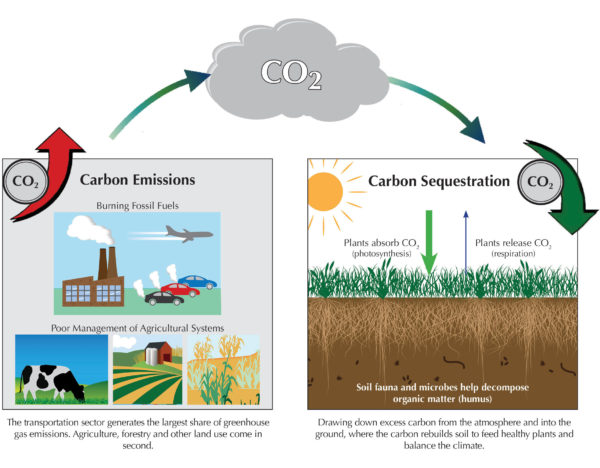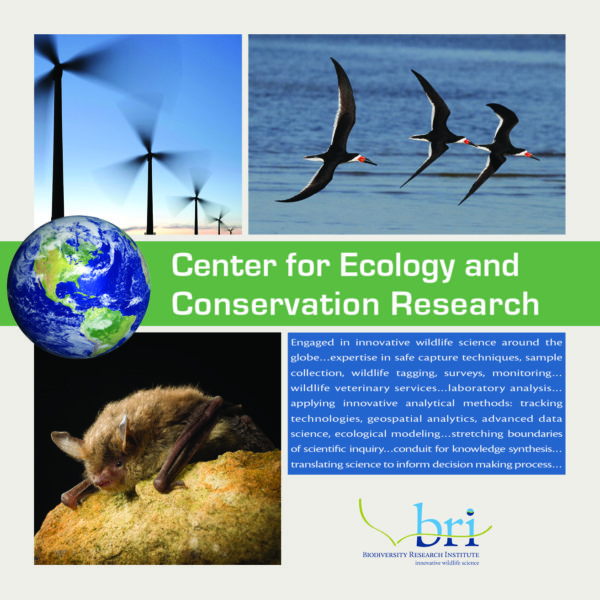
Biodiversity—more than just the number of species that exist—encompasses the rich diversity of ecosystems, the diversity within and between species, and the interactions that occur between species within ecosystems. A plethora of scientific studies are revealing and confirming the interconnectedness and complexities of the variety of life on Earth. The loss of biodiversity threatens our food supplies, opportunities for recreation and tourism, and sources of wood, medicines, and energy. It also interferes with essential ecological functions. The underlying causes of biodiversity loss are often complex and stem from many interrelated factors such as habitat loss, development, overfishing, invasive species, industrial activities, and pollution.
![]()
![]()
![]()
 Current Events: Announcing a Special Issue on Mercury: Global environmental mercury loads in biota and impacts on biodiversity
Current Events: Announcing a Special Issue on Mercury: Global environmental mercury loads in biota and impacts on biodiversity
This special issue will strive to provide further understanding of the science needed for both the Minamata Convention on Mercury and the Convention on Biological Diversity.
To advance scientific understanding of mercury exposure in biota from around the world, an esteemed group of 193 international scientists collaborated on producing 19 peer-reviewed papers. A synthesis of these papers can be found here.
Carbon Credits and Biodiversity
The global imperative to address climate change continues to increase along with interest in carbon offsets, as public and private entities strive to achieve NetZero targets. The value of carbon credits are increasing as demand outstrips supply, and investors are increasingly interested in carbon sequestration and avoided emissions. Combining both sequestration and avoided emissions increases land management value.

![]()
CarbonSolve is a U.S. based company established to promote the development of carbon projects around the world. CarbonSolve’s niche in the growing carbon market is developing carbon projects in grassland and rangeland habitats where grazing and/or fire management are the dominant activities. CarbonSolve’s mission is to restore ecosystems, conserve wildlife, and enhance human socio-economic development through carbon financed land use.
CarbonSolve, in partnership with BRI and others, has recently launched a 1.5 million hectare soil carbon project in the Kajiado District of Kenya’s southern rangelands region, among other projects listed below.
Mercury and Biodiversity Impacts
Environmental concentrations of mercury have increased three-fold globally due to human industrial activities. This inorganic mercury enters ecosystems through the air (e.g., from coal-fired power plants and incinerators), water (e.g., from chlor-alkali facilities and artisanal small-scale gold mining), and land (e.g., from landfills and other contaminated sites).
The world’s freshwater ecosystems, estuaries, and oceans are primary reservoirs where mercury is deposited. Once in the environment, mercury can be converted by bacteria and other microbes to its organic more toxic form, or methylmercury. Methylmercury can accumulate in the tissues of fish, wildlife, and humans, causing a wide spectrum of negative health effects.
 Monitoring mercury in biota (plants and animals) provides a pathway for understanding spatial gradients, temporal trends, and environmental magnitude of concern that cannot be ascertained in air, water, or sediment. The complexity of mercury cycling makes it challenging to predict exposure levels in upper trophic level fish and wildlife from environmental mercury concentrations alone. Therefore, identifying appropriate bioindicators based on their relationship with sensitive ecosystems is a critical first step in assessing risk to ecological and human health.
Monitoring mercury in biota (plants and animals) provides a pathway for understanding spatial gradients, temporal trends, and environmental magnitude of concern that cannot be ascertained in air, water, or sediment. The complexity of mercury cycling makes it challenging to predict exposure levels in upper trophic level fish and wildlife from environmental mercury concentrations alone. Therefore, identifying appropriate bioindicators based on their relationship with sensitive ecosystems is a critical first step in assessing risk to ecological and human health.
Understanding the biotic response to methylmercury availability in the environment for all biomes and key biota is vital for evaluating the effectiveness of the Minamata Convention on Mercury and enhancing its contribution to broader environmental goals, including biodiversity conservation.
Learn More:
Minamata Convention on Mercury
Artisanal and Small-Scale Gold Mining (ASGM)
Offshore Wind and Biodiversity Monitoring
BRI biologists are engaged in a range of research, marine spatial planning, and stakeholder engagement efforts to help inform renewable energy development and minimize wildlife impacts. This includes studying the distributions, movements, and habitat use of birds, bats, marine mammals, sea turtles, and other wildlife. This also includes working with stakeholders to identify data gaps and research needs, develop best management practices, and facilitate coordination of research efforts in the eastern U.S.
BRI’s Wildlife Acoustic and Imagery Lab uses digital aerial surveys to collect data through still and video imagery on a variety of wildlife (including birds, marine mammals, sea turtles, and fish), as well as anthropogenic activities (for example, vessels and marine debris). Because collected images are processed and analyzed post-survey, digital aerial surveys can be flown at faster speeds and higher altitudes than traditional visual aerial surveys, making them safer for human operators while causing less disturbance to the animals that are surveyed. These digital aerial surveys are often used to obtain ecological baseline data to inform siting of offshore wind projects, as well as potential interactions between projects and wildlife.

Photo Credits: Header photo © Shutterstock



